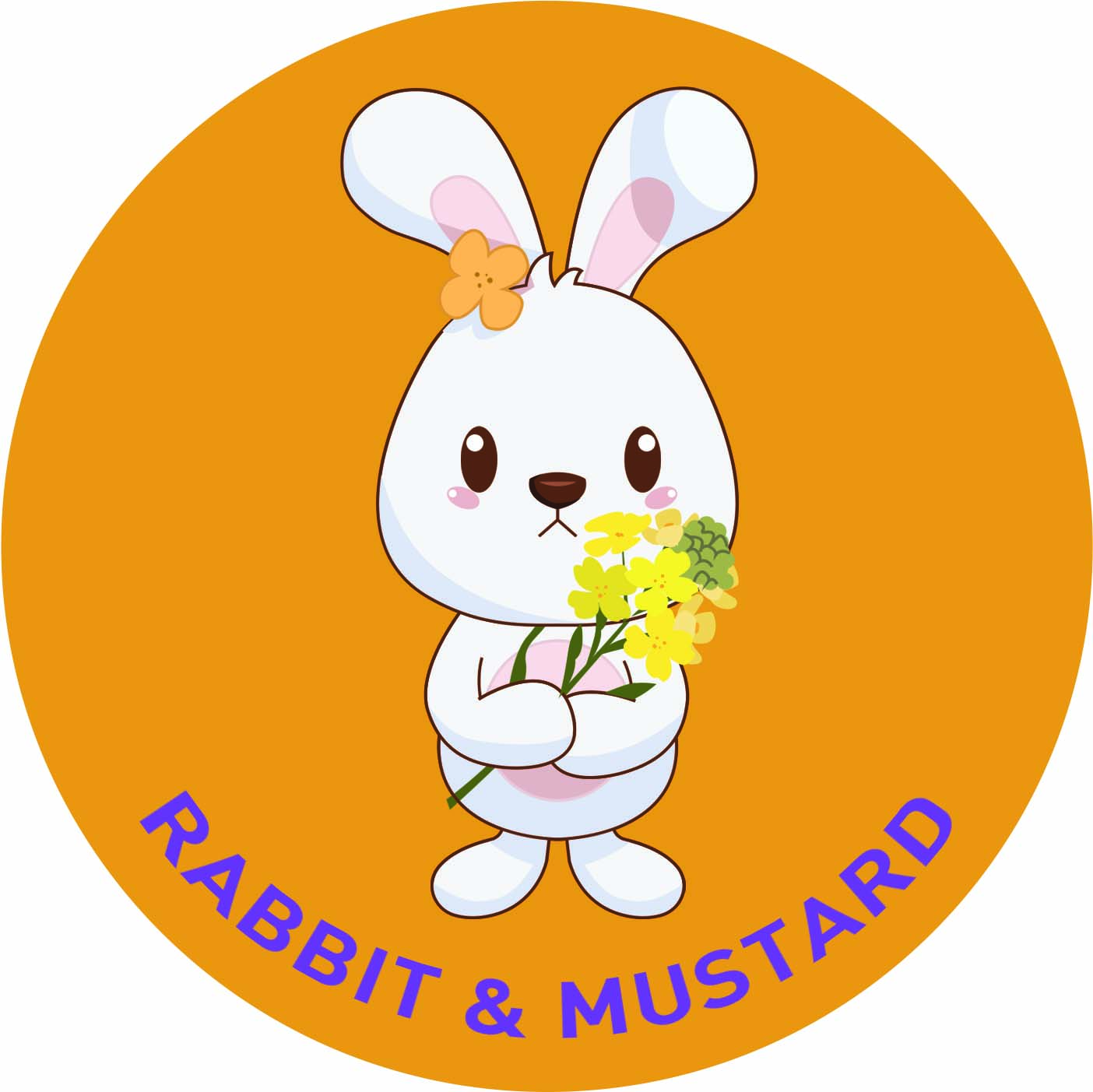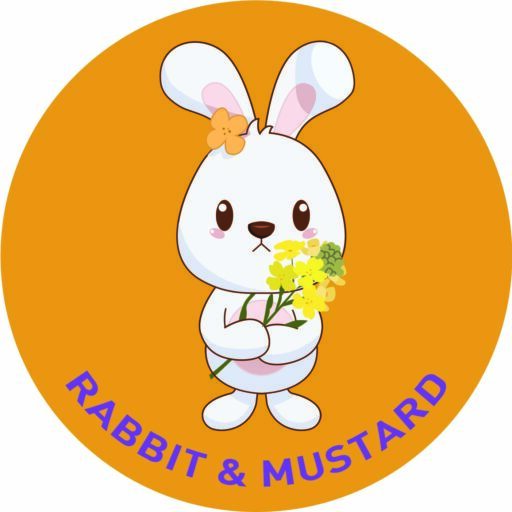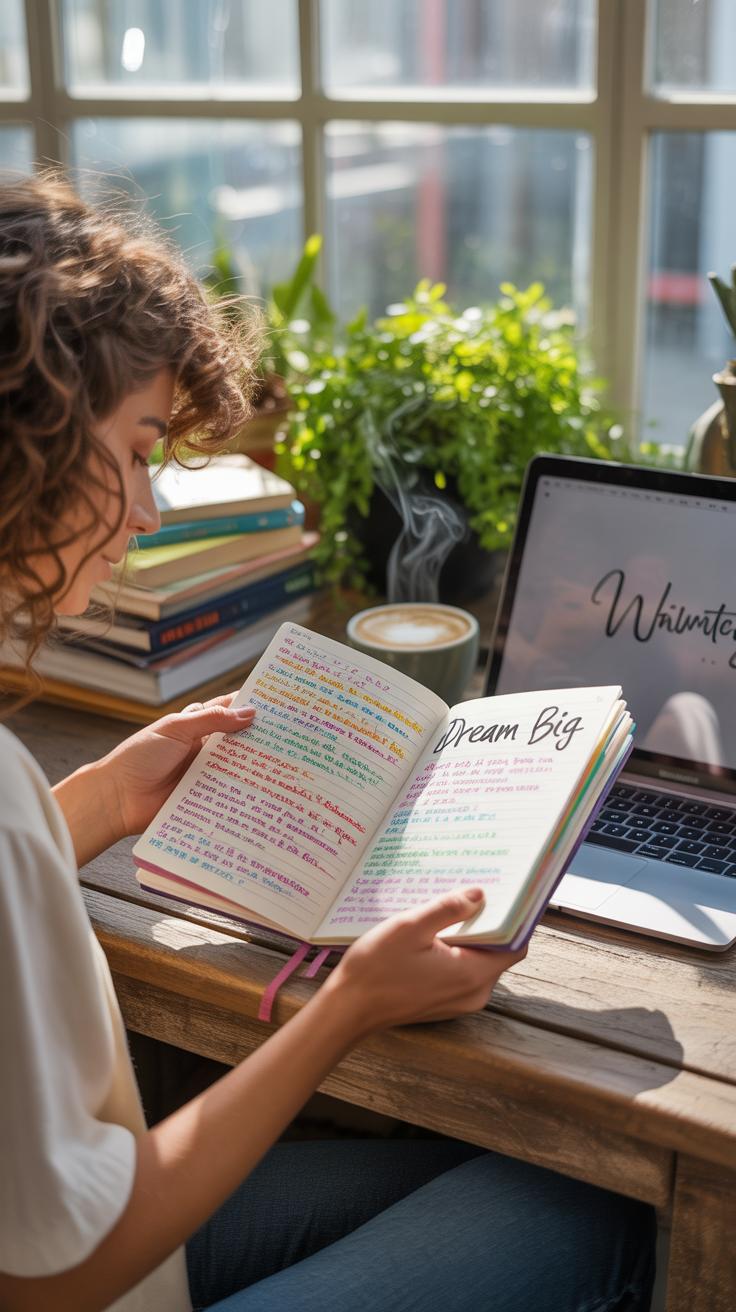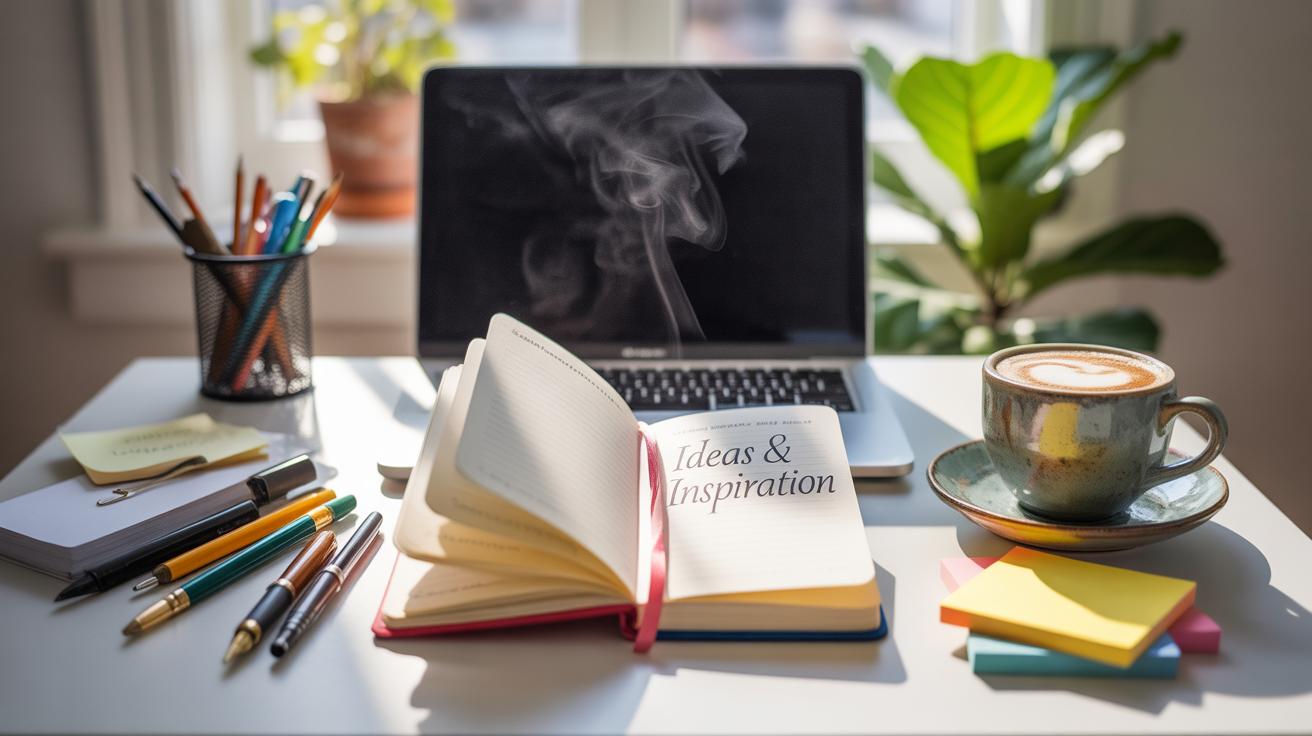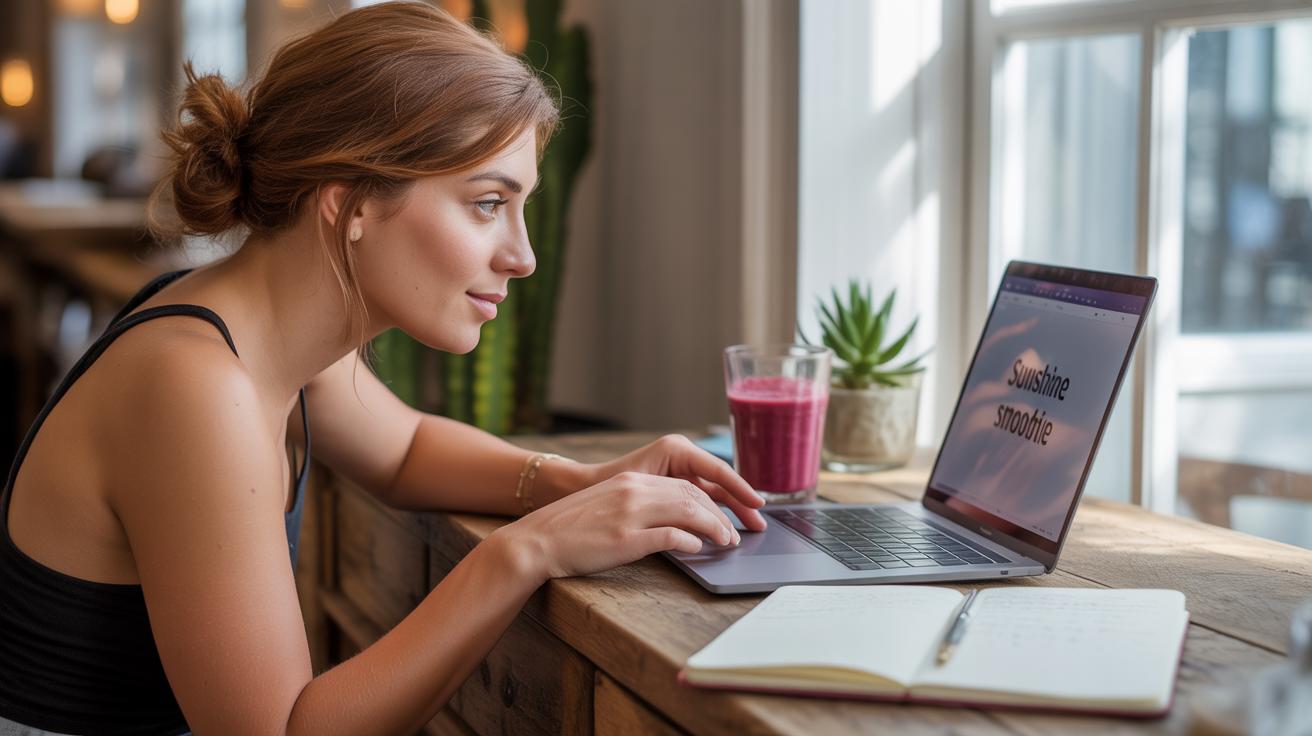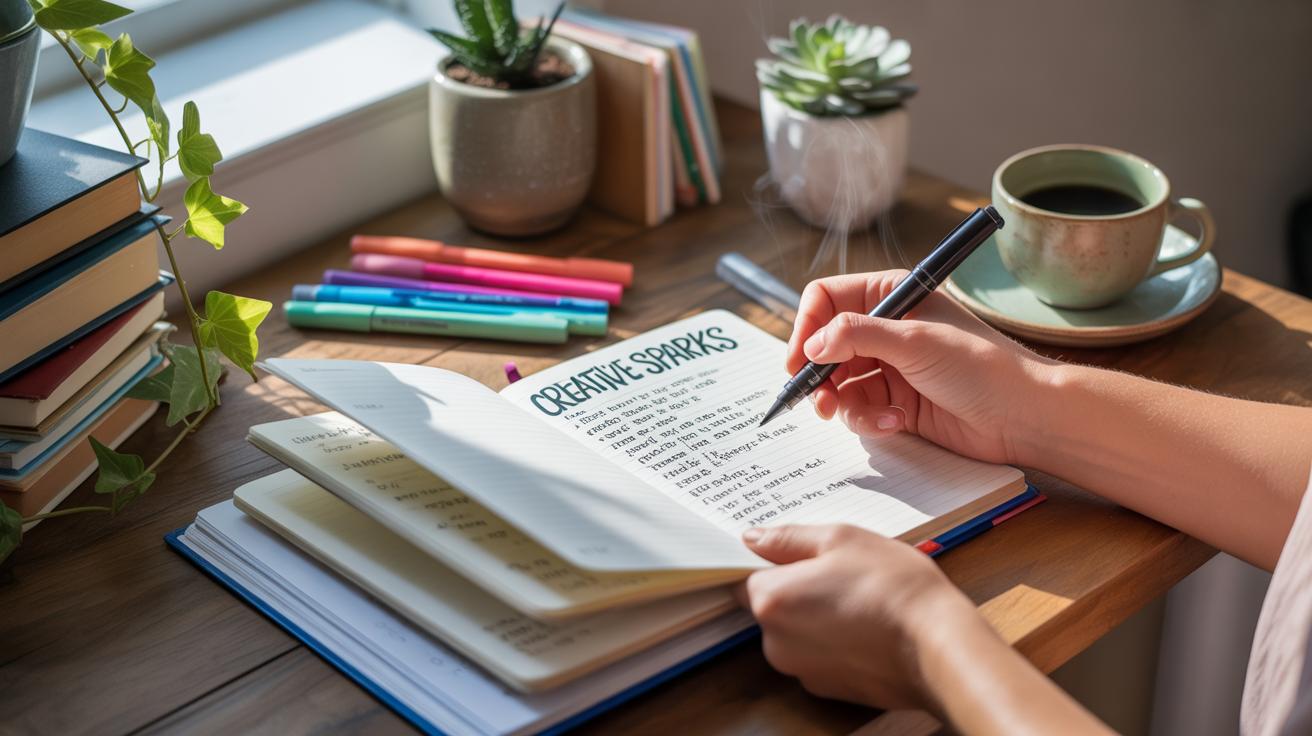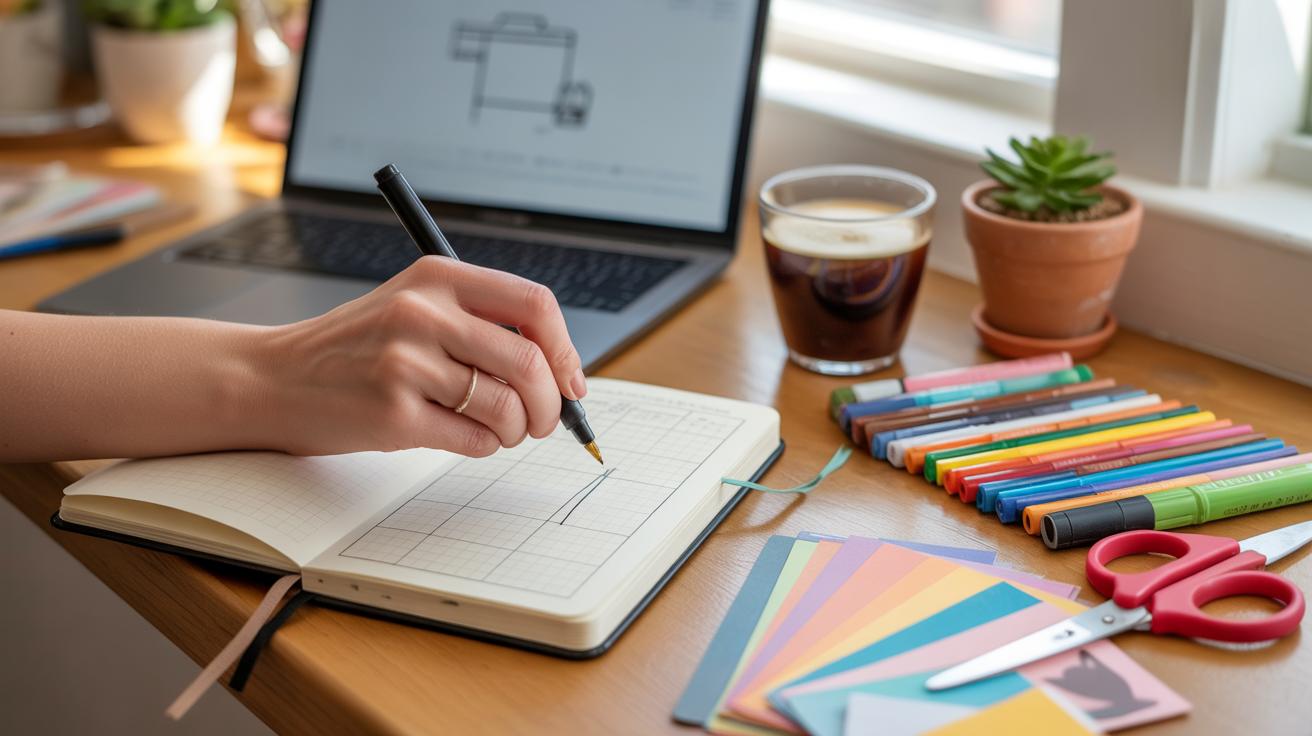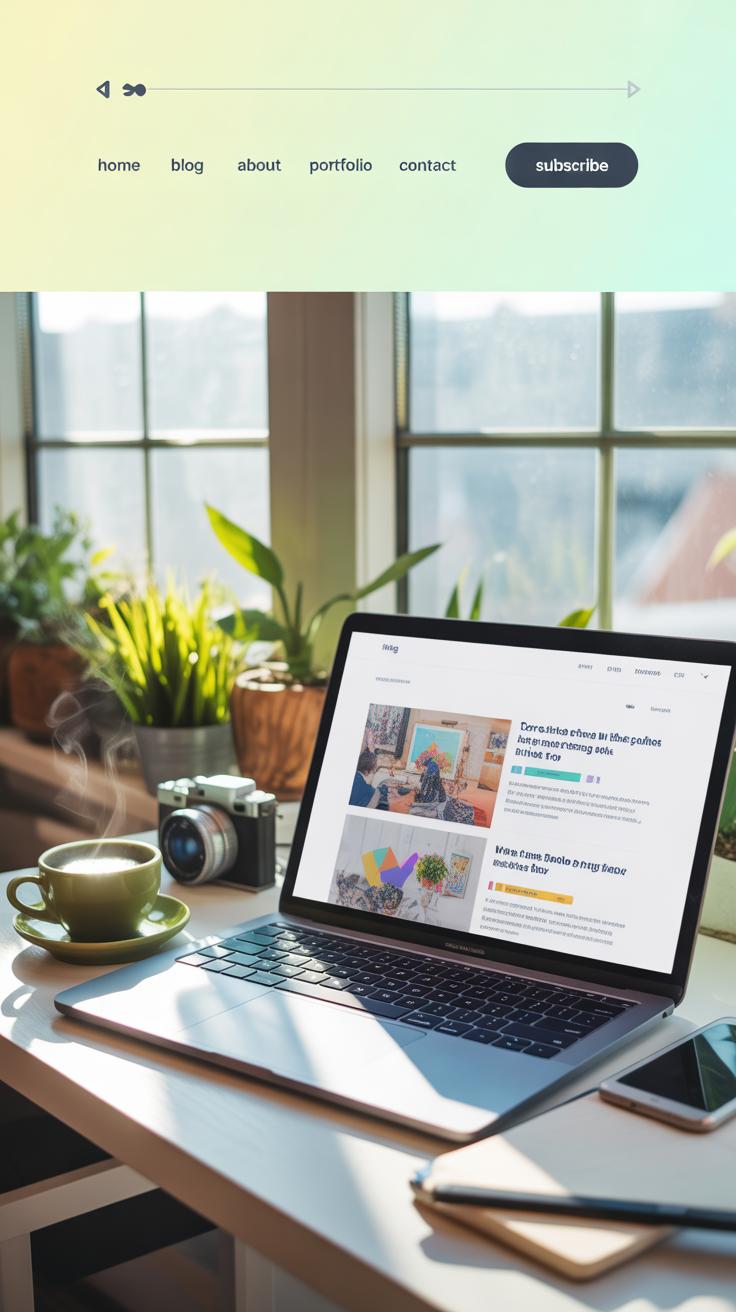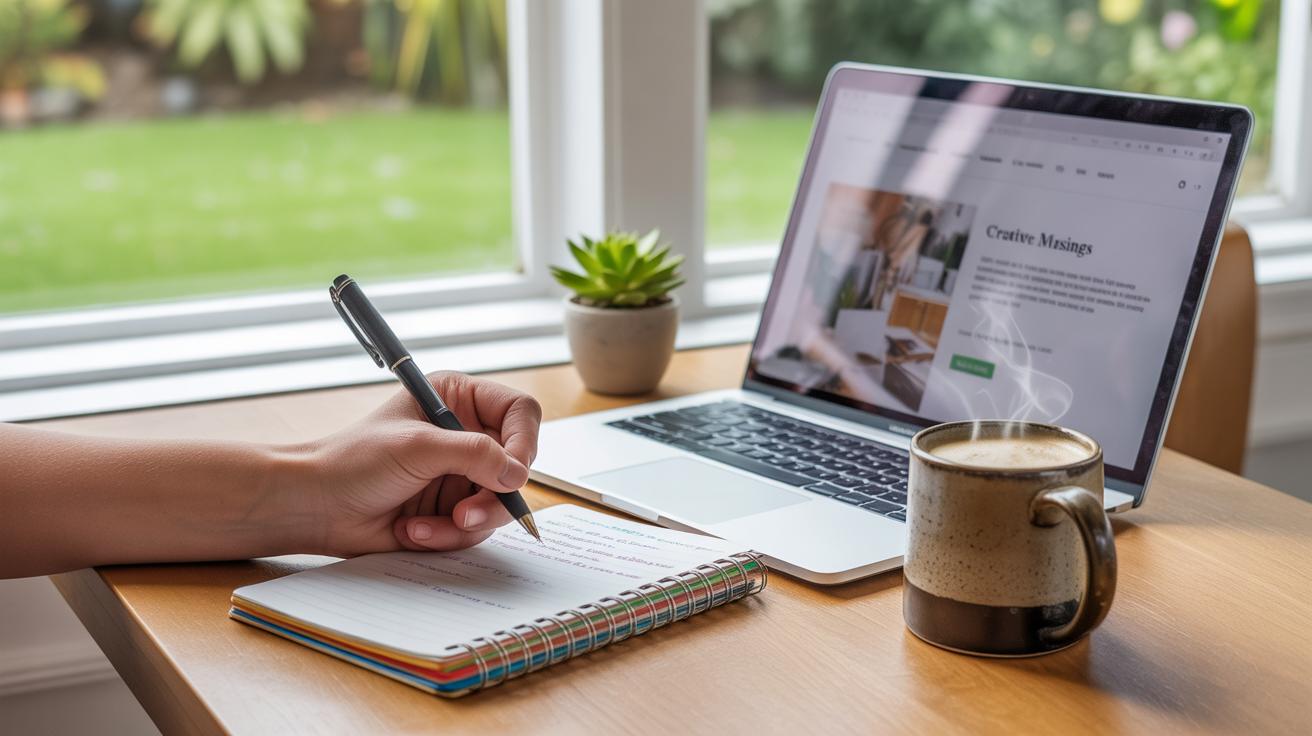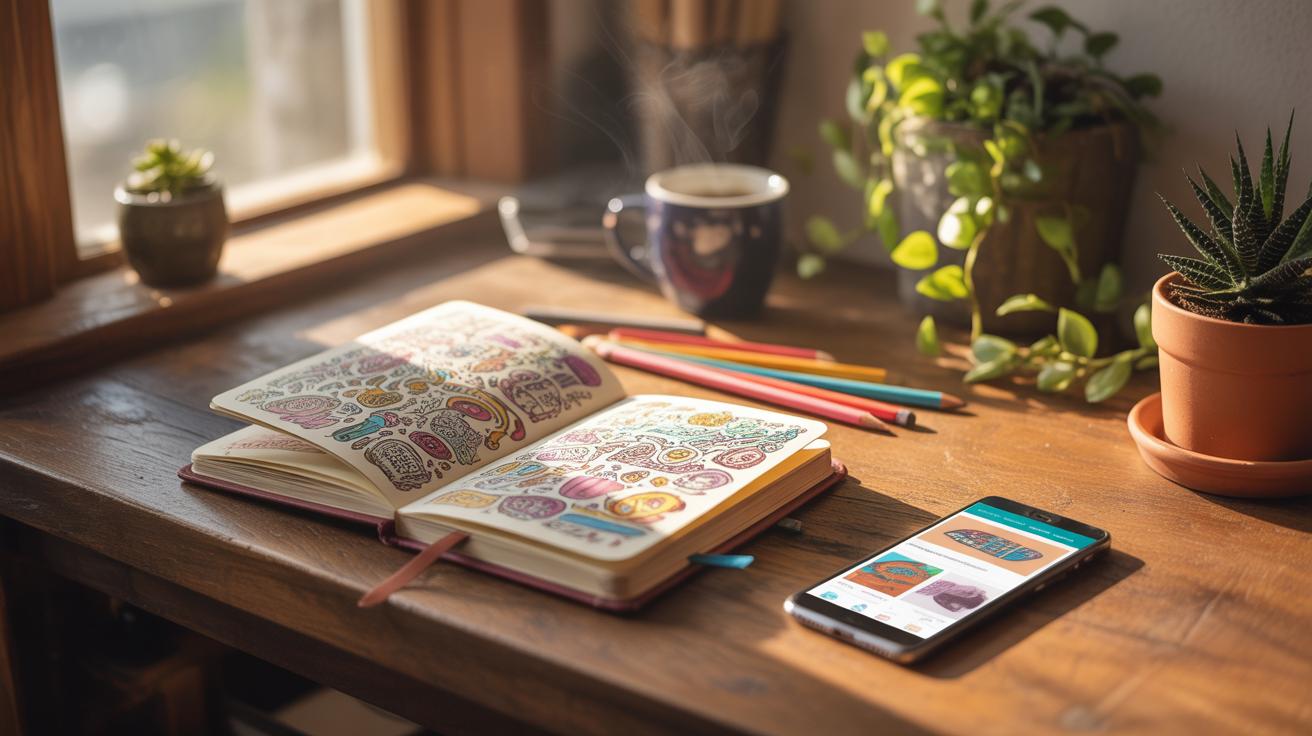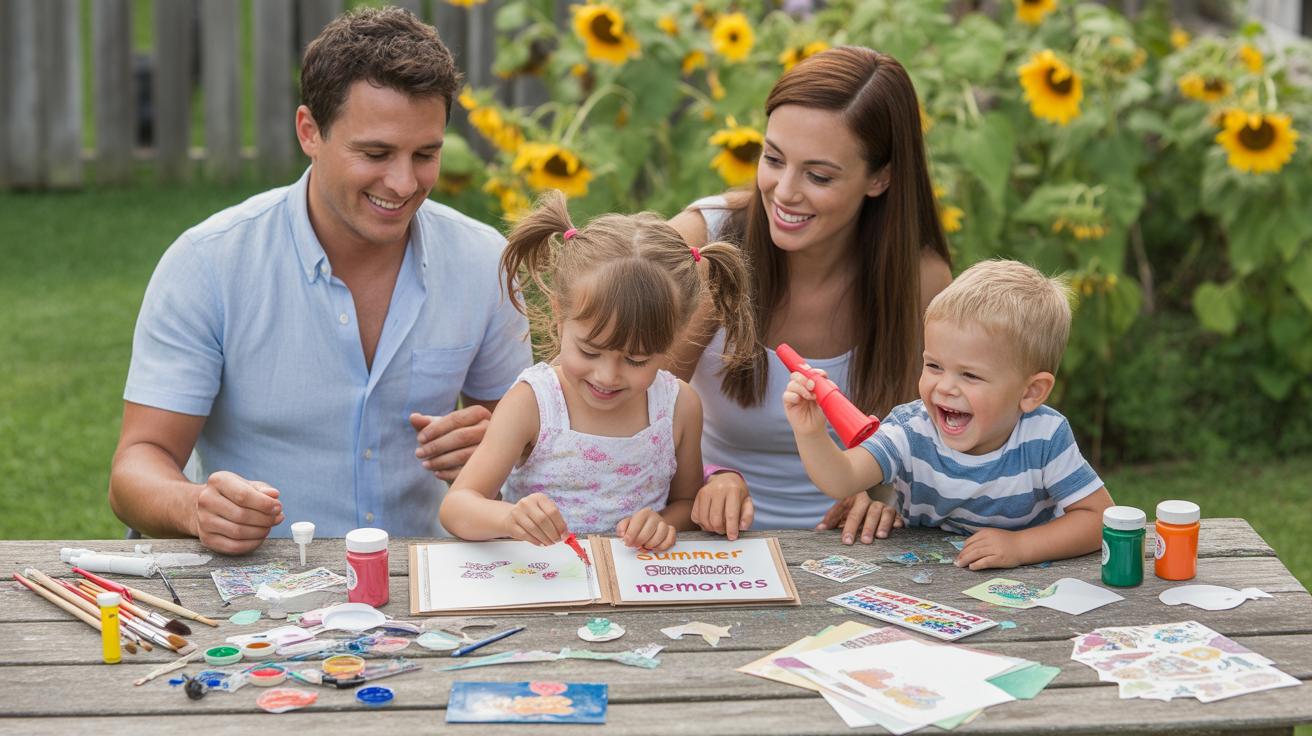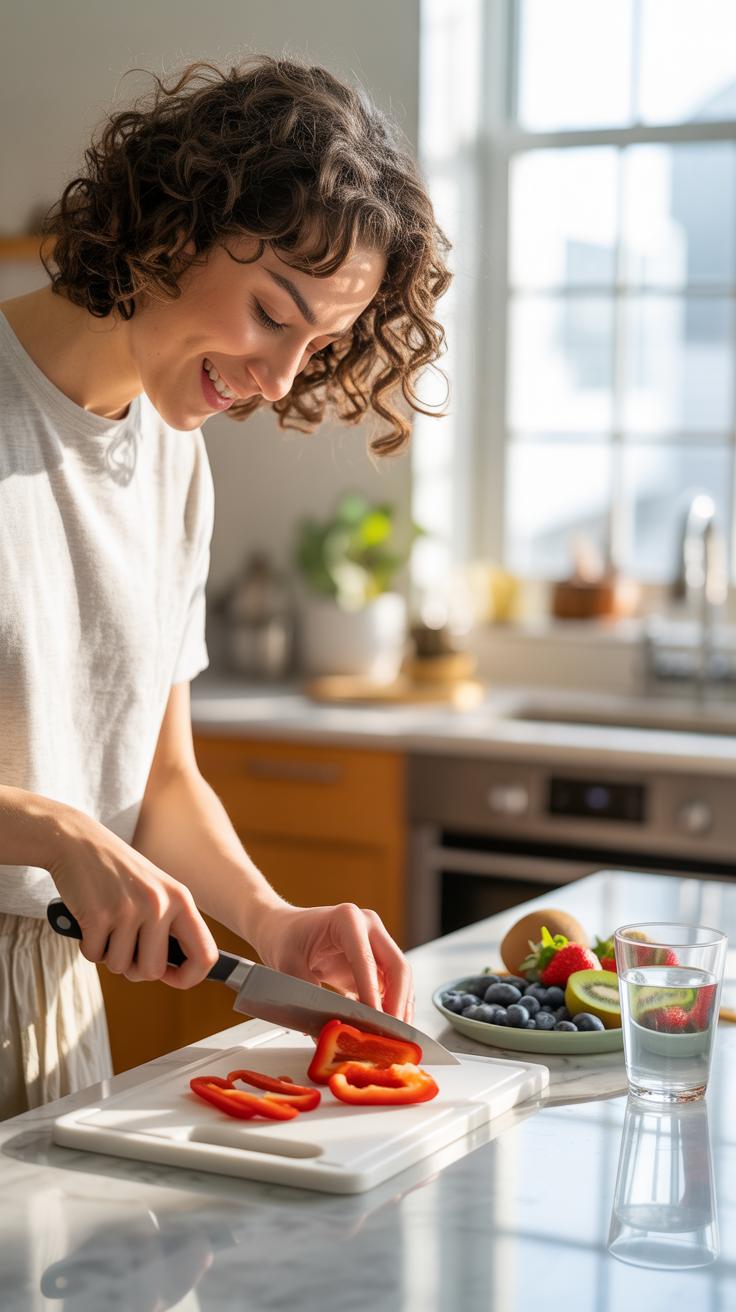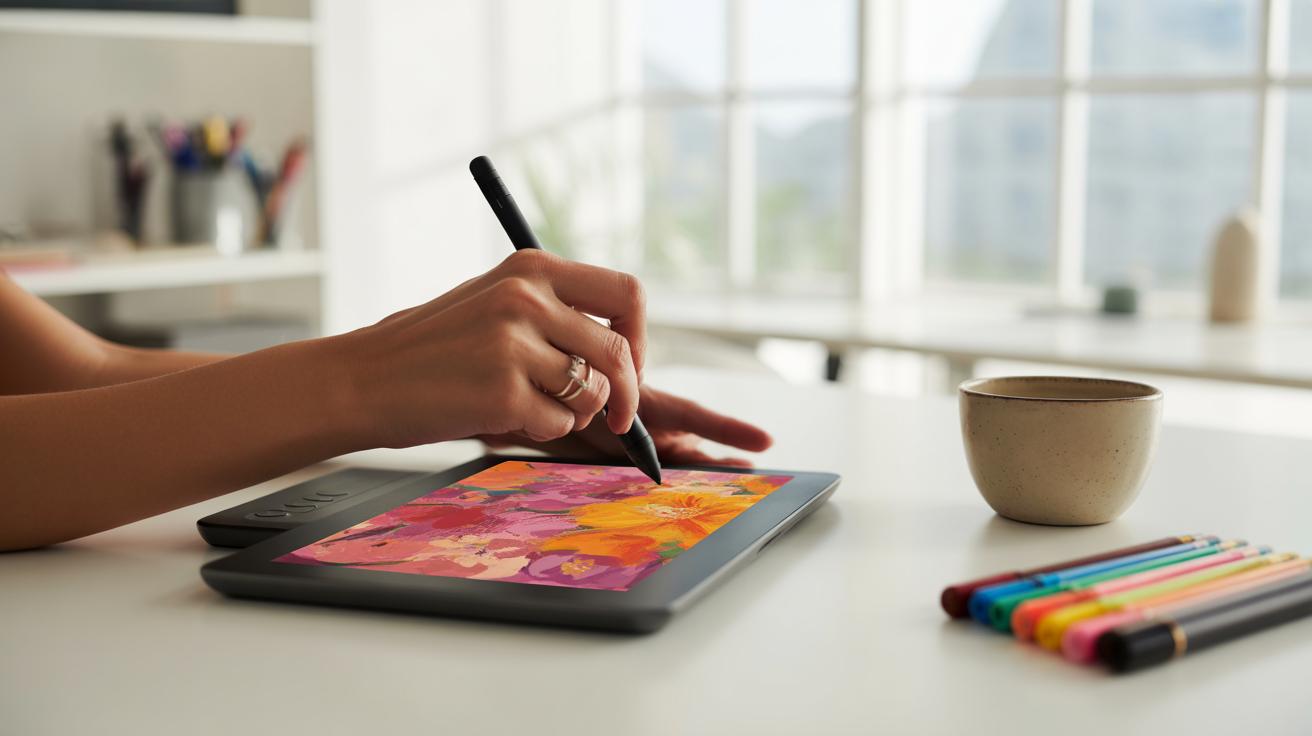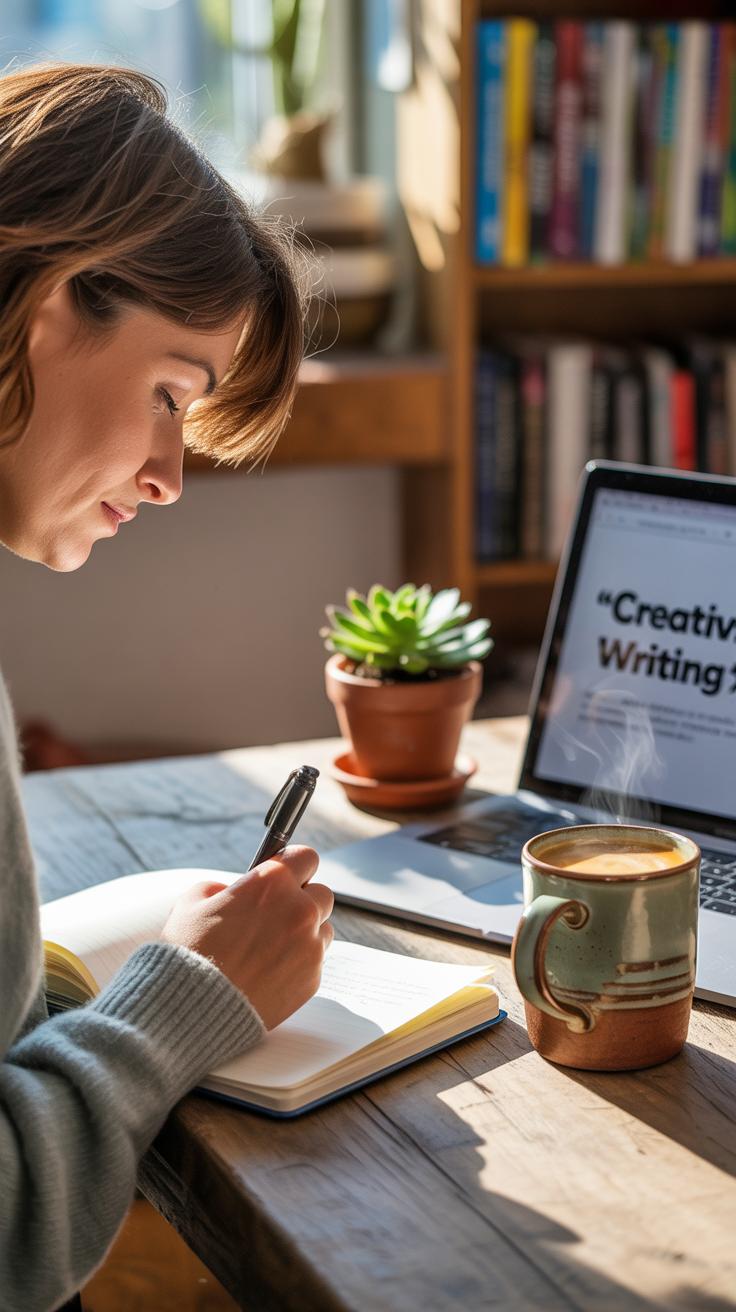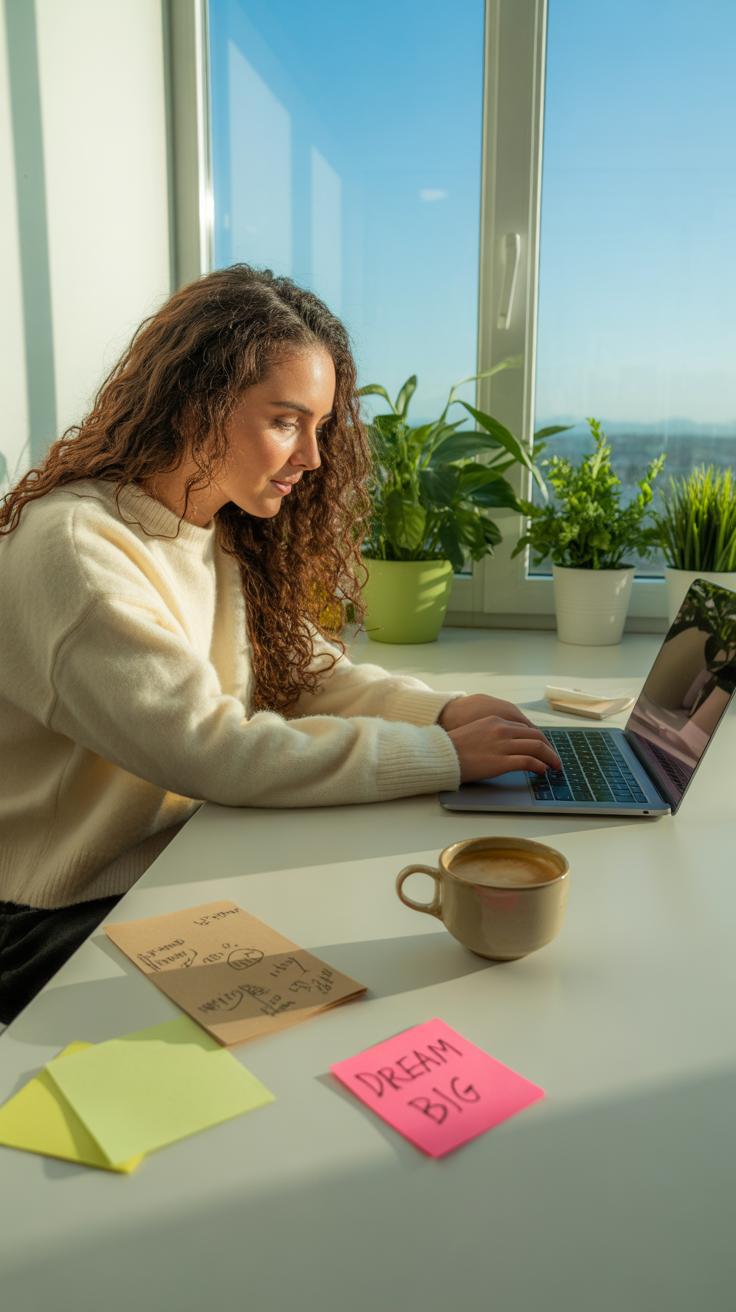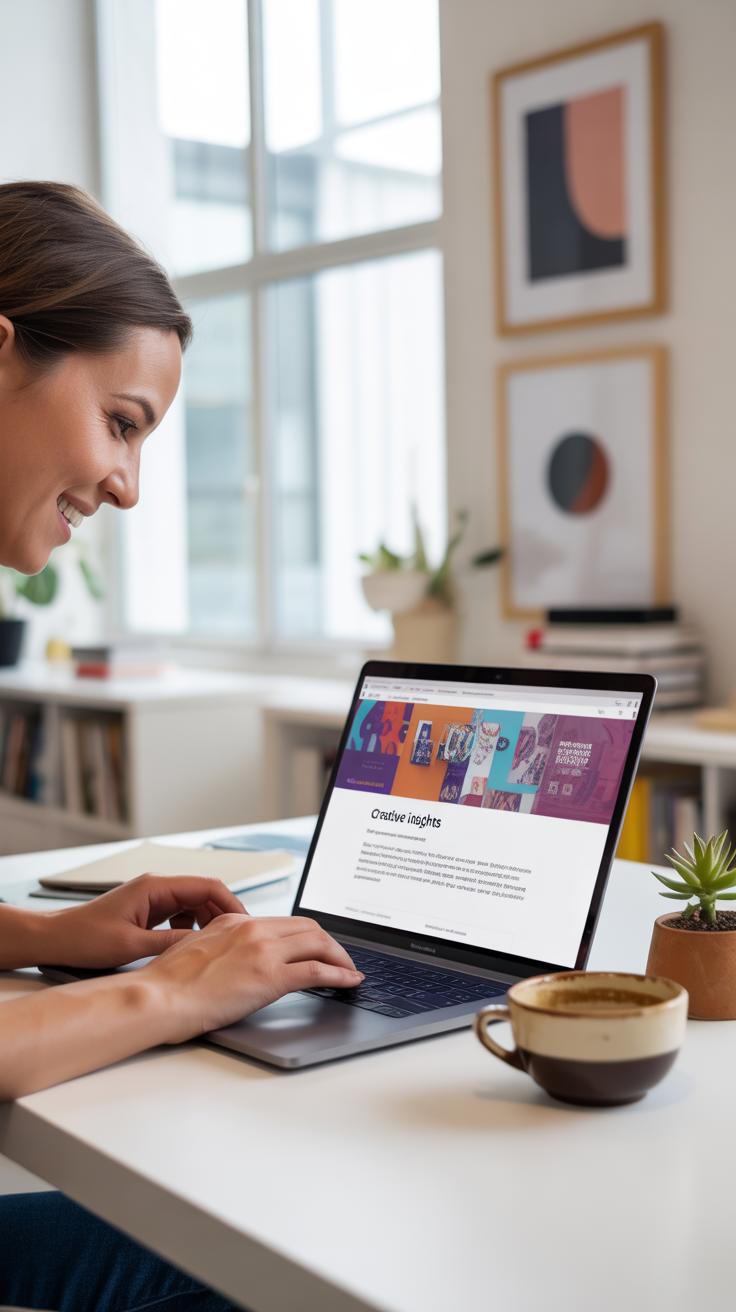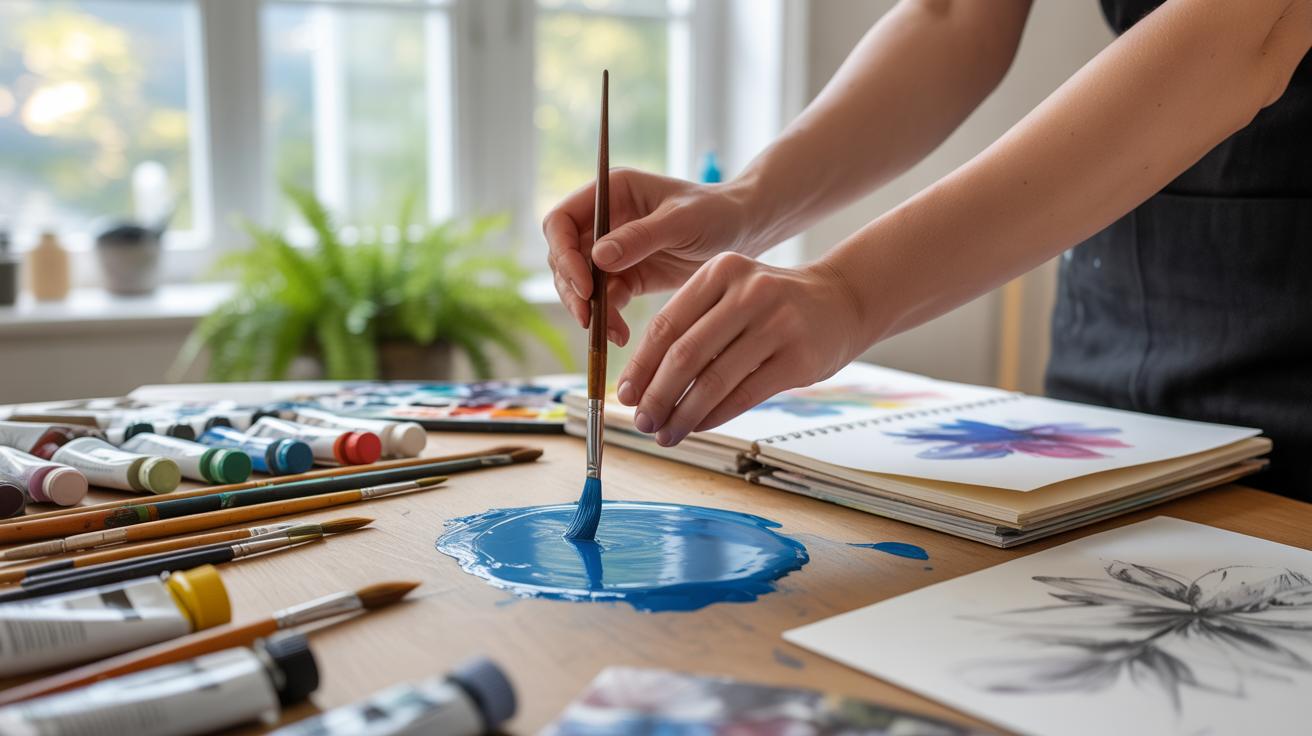
Creative Journal Ideas for Boosting Your Artistic Expression
Introduction
A creative journal is a personal tool where you combine writing, drawing, and other artistic activities to express your thoughts and ideas. It’s a space just for you, where your creativity can flow freely without limits. Many artists and creative individuals use journals to unlock new ideas, track progress, and reflect on their artistic journey.
This article will guide you through easy and practical creative journal ideas that can help you boost your artistic expression. Each chapter explores methods, prompts, and tips to help you start and maintain your creative journal. By trying these techniques, you will find fresh inspiration and develop your unique artistic voice.
Choosing Your Journal
Picking a journal for creative work isn’t just about grabbing the first pretty notebook you see. The size, paper quality, and binding all play a role in how you’ll interact with your art and ideas. It shapes your experience, sometimes even influencing what you choose to create.
Size and Portability
Does size really matter? Well, yes and no. A large journal gives you plenty of space to make big, bold strokes or detailed sketches. It’s great if you like spreading out, but it might feel heavy or awkward to carry everywhere. On the flip side, a small journal fits easily into a bag or even a pocket. It’s perfect for quick sketches or jotting down sudden ideas, but it can be limiting when you want room to explore bigger compositions.
If you’re mostly at home or in a studio, bigger might work better. If you’re on the go, the convenience of a compact book might encourage you to open it more often. So, ask yourself: how often will you carry it? What kind of space do you want when creating?
Paper Type Importance
Paper texture and thickness are more than just details you overlook until it’s too late. They affect how your tools behave. Rough-textured paper grips charcoal or pencil, offering more control and expressive possibilities. Smooth paper shines with ink and fine liners but may struggle with heavy washes or paint.
Thickness matters too. Thin paper can’t always handle wet media without warping or bleeding through. If you use mixed media—say watercolor and pen on the same page—you’ll want a heavy paper, something around 140gsm or more. Mixed media paper or thick sketching paper works well here.
Think about whether you want your journal to hold up to erasing, layering paint, or just simple pencil sketches. Your choice can affect frustration or satisfaction levels more than you realize.
Setting Creative Goals
Setting simple goals can really shape how you approach your creative journal. You don’t need grand plans or lofty ambitions—sometimes just deciding to explore one idea a week or sketch for five minutes a day can give your practice direction. Without a goal, it’s easy to let your journal become a random collection of pages, which might feel freeing at first but can also leave you drifting without focus.
Clear objectives help you measure your progress and keep you motivated. When you know what you want to achieve, even if it’s small, your creativity has a nudge in a certain direction. And that nudge can turn into a step. One of my friends aimed to write a single poem every weekend in her journal. Over time, she noticed how those poems started connecting, creating a kind of personal theme she hadn’t expected.
Committing a few focused minutes daily, even if it’s just jotting a phrase or a quick sketch, builds habit. It sounds simple, but this daily effort can accumulate in ways you might not predict. A page per day seems easy enough, but it keeps your mind tuned in. Some days you’ll do more; some days less. Still, showing up is what counts.
Reviewing your journal regularly lets you spot changes you might have missed while living the process. You’ll see trends, ideas revisited, and improvements in your style or thinking. It’s kind of like having a conversation with your past self. You might stumble on an old sketch or note that suddenly sparks a fresh idea. At times, seeing where you once struggled can be frustrating, but it’s also a sign you’re moving forward. It feels a bit odd, but looking back does push you ahead.
Using Prompts for Inspiration
When creativity feels blocked, prompts can be a useful nudge. They act like a gentle push, sometimes the little spark needed to start moving again. Using prompts isn’t about strict rules, but more about opening some windows of possibility in your journal. You might find a prompt shifts your focus or stirs an idea you hadn’t thought of.
Visual Prompts
Look around for objects, photos, or even textures that catch your eye. A simple image might ignite a drawing or collage entry with unexpected details. For instance, a close-up photo of cracked paint could inspire you to sketch a weathered door. Sometimes, the object you choose doesn’t have to represent anything clearly—just shape or color can guide your creativity.
Try gathering items like leaves, fabric scraps, or old tickets and glue them into your journal. They might suggest new patterns or provoke doodles that feel fresh. The key is to let your eye wander without pressure, letting the image or object speak in its own way.
Writing Prompts
Sentence starters or questions often help when words won’t come easily. You might try simple beginnings like, “Today, I noticed…” or “If this place could talk, it would say…” These lead you gently into storytelling without the weight of creating something perfect.
Questions invite you to reflect or imagine, like “What would happen if time stood still?” or “Describe a place you’ve never been but feel connected to.” It’s okay to wander off track or mix truth and fiction. Sometimes, the most interesting things appear when you let your mind take detours.
By working with both visual and writing prompts, you unlock different doors in your journal. Prompts don’t have to feel like tasks—they can just be invitations to play with ideas, look closer, or explore new angles that might have otherwise gone unnoticed.
Exploring Different Mediums
Playing with different materials inside your journal can open unexpected creative doors. You might start with a pencil sketch, then decide to outline with ink to sharpen contrasts or add texture. Simple pencil techniques like hatching and cross-hatching let you build shadows and depth without overcomplicating things.
Ink pens offer a range of styles, from fine lines to bold strokes. Trying a brush pen or even a dip pen can change how your marks feel. It’s not about perfect lines, but about exploring how the mix of pencil and ink interacts on the page—sometimes rough, sometimes neat, often somewhere in between.
Watercolors add a different layer—they bring fluidity and softness. A light wash beneath your drawing can create atmosphere or mood. Sometimes I just splash color spontaneously, not trying to control it too much, which often leads to surprising results.
Collage, too, can shake things up. Tearing pieces of paper and layering them gives a tactile dimension your handwriting or drawing alone can’t provide. You can mix magazine clippings, scraps of fabric, or textured paper. The contrast between smooth watercolor and rough torn edges really catches the eye. If you think about it, your journal turns into a little world of mixed signals—visual stories told in layers, textures, and colors.
Why stick to one medium when your journal can be a playground? What happens when you combine these materials in ways you hadn’t tried before? Give yourself permission to experiment without worrying about the final look.
Incorporating Daily Life
Bringing your everyday experiences into your journal can make your entries feel more personal and alive. You don’t need big events to inspire creativity. Sometimes, the small, overlooked moments—like the way morning light hits your desk or a sudden thought during a walk—are the best material.
Try to capture those moments right away, or close to it. A quick sketch, a few scribbled lines, or even a short phrase can freeze a feeling before it slips away. You might not want to turn every note into a masterpiece. Just jot things down freely. These bits can later spark more detailed or imaginative pages.
Using objects from your day adds another layer to your journal. I once taped a dried leaf I found on a chilly sidewalk; looking at it brought back the crispness of that morning. You can do the same with tickets, photos, scraps of fabric—things that carry textures and memories. They’re like anchors in your journal, connecting your art to reality in unexpected ways.
Think about what your pages say when you mix drawn impressions with real items. Does this make your journal feel more “yours”? What small daily moment might be waiting to be recorded right now? Experiment with these ideas—it might surprise you how rich your journal becomes just by paying attention to your day.
Reflecting on Your Work
Every now and then, it helps to pause and look back over your journal. It’s easy to forget how far you’ve come when you’re always moving forward. But flipping through old entries can reveal subtle growth—little shifts in style or mindset you might’ve missed at the time. Sometimes, you catch an idea scribbled hastily that suddenly feels worth exploring further. I’ve had moments where a quick sketch from months ago sparked an entirely new project when revisited.
Reviewing your work also uncovers patterns you might not notice day to day. Maybe you keep returning to the same themes—nature, emotions, or abstract shapes—or you favor certain colors and techniques without realizing it. These reoccurring elements aren’t just repetition; they’re clues about what truly interests you. Spotting them can help you decide where to go next.
Setting goals from these reflections gives your creativity direction without boxing you in. Perhaps you choose to experiment with a new medium inspired by past favorites, or you commit to developing an idea that’s lingered without action. The key is to let your own work guide you—see what it asks for instead of forcing random changes. What do you want to try next? What needs a bit more attention? Let your journal be a conversation with yourself.
Building a Routine
Keeping a journaling habit alive is tricky, especially when life pulls you in every direction. The key is to find a rhythm that feels natural, not forced. You might find mornings work best, those quiet moments before the day rushes in. Or maybe evenings suit you more, when things slow down, and your thoughts settle. Don’t stress too much about the perfect time—try different slots and see when your creativity is at its peak. I once struggled with evening journaling because I felt too tired, but switching to early afternoon changed everything.
Creating a dedicated space can make journaling a bit easier, too. It doesn’t have to be fancy—just a spot where you can focus and feel comfortable. Gather basic supplies like your favorite pens, notebooks, or sketchbooks nearby. Having everything ready reduces friction and makes it more inviting. Sometimes, just a little adjustment, like better lighting or a comfy chair, nudges you to return regularly.
Consider these points to build your habit:
- Pick a consistent time, but stay flexible if life disrupts it.
- Set up a small, personal nook where journaling feels less like a chore.
- Keep your materials handy so starting is easy.
- Let the routine adapt as your energy shifts through the day or week.
What part of your day feels more natural for journaling? Could changing your spot or supplies make a difference? Sometimes the smallest tweaks can keep this creative practice alive longer than expected.
Sharing Your Journal
Deciding to share your journal pages can feel a bit tricky. On one hand, sharing opens the door to feedback and connection—you might hear fresh perspectives that spark new ideas or find encouragement when your creativity dips. For example, posting a page in an online art journaling group could lead to helpful tips or compliments that boost your confidence.
But on the other hand, sharing sometimes takes the personal edge off your writing. Not every page suits public eyes, and exposing too much might make you hesitant to be fully honest. I’ve noticed that when I share selectively, maybe just a sketch or a meaningful quote rather than my raw journal entries, I enjoy the benefits of feedback without feeling vulnerable.
Finding Supportive Groups
Groups interested in creative journaling pop up everywhere—social media platforms, local workshops, even forums dedicated to art and writing. Look for communities where members share work, exchange ideas, and support each other. It helps if the group’s vibe matches your own style; some prioritize polished art, others focus on messy, experimental pages.
Try searching hashtags related to journaling or joining Facebook groups centered on creative arts. Sometimes libraries or community centers host journaling circles. Even a quick message to a creative friend can lead to a small, informal group. Don’t hesitate to lurk at first; understanding group dynamics before jumping in can save some awkwardness.
Protecting Privacy
Not every thought needs to go public. One way to keep private reflections secure is to share only small sections or edited versions of your pages. For instance, covering personal details with stickers or cropping out sensitive parts can keep your privacy intact.
Another approach is to keep two journals—a private one and a public or semi-public one. I’ve found this useful because it lets me vent fully in the private journal, then curate content for sharing. Just remember to use secure passwords or physical hiding spots if privacy is a real concern.
Sharing your journal can bring connection and growth, but it’s perfectly okay to hold back. What matters is doing what feels right for you in your creative journey.
Using Technology
When it comes to creative journaling, technology opens up some interesting possibilities you might not have thought about. Digital journaling apps can complement your physical journal rather than replace it. For example, apps like GoodNotes or Notability let you scribble, layer, and organize thoughts easily—all without the fear of running out of pages or messing something up permanently.
Tablets and computers offer a lot for drawing and editing journal art. You can zoom in to add tiny details, undo mistakes instantly, or try out different color palettes without wasting ink or paper. I’ve found that sometimes editing digitally helps me rethink a sketch completely, which can be both frustrating and freeing at the same time. There’s a different kind of focus when you’re tapping and dragging compared to holding a pen.
Combining both paper and digital methods lets you stay flexible. Start with a rough sketch or notes on paper, then scan or photograph them to refine on a device. Or keep a physical journal alongside a digital one, using the digital space for experimental doodles and collages. You don’t have to pick one or the other. Sometimes paper feels too limiting, but other times the blank screen feels a bit cold. Mixing them can make journaling feel less like a chore and more like exploration.
Staying Inspired Keeping Your Creative Journal Alive
Keeping your creative journal fresh can be tricky. At times, it might feel like your ideas dry up or you’re stuck repeating the same patterns. One way to keep going is to mix things up regularly. This could mean changing your journaling environment—from a cozy corner at home to a busy café—or shifting the time of day when you write or draw. Sometimes, just seeing your journal in a new light can spark unexpected energy.
Another approach is to try different formats. Don’t limit yourself to words or sketches; add snippets of found images, random phrases, or even lists. This variety interrupts routine and invites new angles on your creativity. It’s okay to sometimes abandon a theme or project midway if it ceases to inspire you. Remember, the goal is to keep your journal a source of interest, not obligation.
Trying New Challenges
Introducing outside prompts can push your limits in ways you might not anticipate. You could pick challenges from online platforms that specialize in visual or writing prompts, hop onto social media art challenges, or join community groups that offer daily or weekly creative tasks. These external prompts often demand fresh perspectives and force you out of your comfort zone.
For example, try a “one-word drawing” challenge or a “10-minute stream of consciousness” writing prompt. You don’t have to complete every challenge perfectly—sometimes just starting is enough to shake up your usual thought patterns. After all, the point isn’t mastery, but exploration, which can lead to unexpected breakthroughs.
Celebrating Progress
Recognizing your progress matters more than you might realize. When you finish a series of journal entries or reach a set number of pages, take a moment to acknowledge it. You could reward yourself with something small, like a favorite snack, new art supplies, or simply a break to enjoy a creative activity unrelated to journaling.
Keeping a visual record of your milestones can help too. Perhaps create a “progress collage” in your journal or mark significant entries with stickers or colored tabs. This physical reminder can boost motivation on days when inspiration is scarce. Do you find that celebrating little wins helps you stay engaged? For many, it does, even if just a bit.
Conclusions
Keeping a creative journal is a simple yet powerful way to enhance your artistic skills. Using the ideas and tips shared here, you can explore different styles and techniques that spark your imagination. A creative journal offers a place to experiment, make mistakes, and grow as an artist.
By committing to your journal, you will see your creativity deepen and expand. Remember, the goal is to enjoy the process and express your true self. Start today, and let your creative journal be the key to unlocking your artistic potential.
